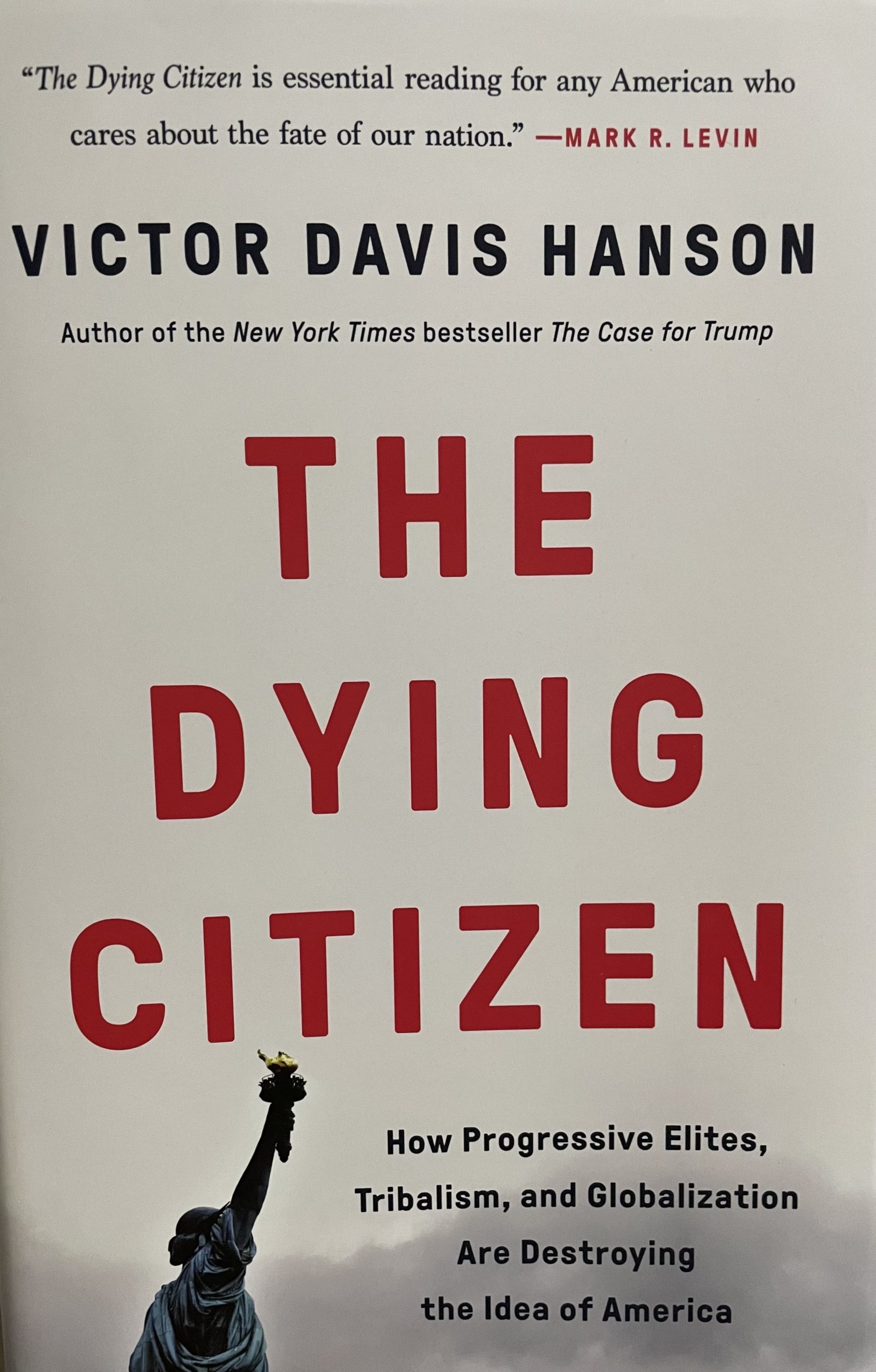 Even when they are trying to be even-handed, academics can’t hide their biases. “While it is certainly true that the public has a decidedly negative view on ‘the way things are going in the country today,’ (to borrow the wording of a recent poll by the Pew Research Center), it is less well known that these feelings of decline are a consistent feature of the American political landscape,” Stephen Rose, a Research Professor at the George Washington Institute of Public Policy, writes in The Washington Monthly. “For example, in 1999, a year in which we had had seven straight years of strong economic growth, only 55 percent of Americans told Pew that they were ‘satisfied’ with the state of affairs, while 40 percent were dissatisfied.”
Even when they are trying to be even-handed, academics can’t hide their biases. “While it is certainly true that the public has a decidedly negative view on ‘the way things are going in the country today,’ (to borrow the wording of a recent poll by the Pew Research Center), it is less well known that these feelings of decline are a consistent feature of the American political landscape,” Stephen Rose, a Research Professor at the George Washington Institute of Public Policy, writes in The Washington Monthly. “For example, in 1999, a year in which we had had seven straight years of strong economic growth, only 55 percent of Americans told Pew that they were ‘satisfied’ with the state of affairs, while 40 percent were dissatisfied.”
“On the flip side, during the late 1980s, which were also a period of modest economic strength, Americans were evenly split between satisfaction and dissatisfaction.” Actually, the total private sector job growth during the Clinton years was 18.5 million, according to the Bureau of Labor Statistics. Meanwhile, the private sector job growth figure from the Reagan years is closer to 17.2 million, according to that same agency. Reporting the actual numbers somewhat dulls the distinction between “stunning” and “more modest.”
We should note that Mr. Clinton’s numbers included the Dot Com bubble that burst while Mr. Reagan’s encompassed health care administrators who arguably did nothing to improve either the economy or, more importantly, health care.
Dr. Rose goes on to note that, “President Ronald Reagan in fact staked his path to the presidency on the question, ‘Are you better off today than you were four years ago?’ That campaign also witnessed much discussion of the ‘misery index’ – the combination of the rates of inflation and unemployment.”
By the way, the “misery index” was a calculation Jimmy Carter used in his successful campaign against incumbent President Gerald Ford in 1976. Four years later, it came back to haunt him.
Photo by Opus Penguin 
Photo by Opus Penguin 










